
Do you love hip-hop? Regardless of your experience, regional bias or knowledge of the music, if you can answer “yes” to that question, then you probably already have Biggie Smallz’ classic 1994 debut album, Ready To Die. You probably have already seen the videos from this album, which are just about the only videos from the mid-nineties that still get somewhat consistent airplay on MTV. And it’s very likely that you have already heard the non-album tracks that were released in conjunction with the record. The initial release of Ready To Die’s sound quality is by no means a problem, so in truth, you probably don’t need to even mess with Bad Boy’s new re-release.
But if you’ve slept and you don’t have Ready To Die on CD, or you just want to soak in the new fancy packaging, you should buy the re-release right now. Really. It might be redundant to even review the music on the record, as in today’s hip-hop world it is an unscrutinized given to consider every track that Biggie ever touched to be a classic. But it is important for us to examine what makes Ready To Die a brilliant record so that we can apply these lessons to other music, rather than blindly worshipping Biggie without learning anything from his work.
In this writer’s experience, newcomers to rap often question the validity of Christopher Wallace’s huge following, pointing out that his lyrics weren’t that “tight,” and that emcees like Wordsworth, Fabolous or Sage Francis have more complex rhymes. But rap is not about how many syllables one can cram into a line or how many clever punchlines one can come up with. It is about effectively communicating meaningful ideas, and Biggie just didn’t need to use devices such as the punchline or the multi-syllable line in order to do that. His personality and his incredible choice of words were all he needed to move people. It didn’t hurt that he had a rich, booming voice and a precise, straightforward flow either.
In his first single, “Party And Bullshit,” Biggie portrayed a character that was rather common in 1993′s more honest hip-hop world. He was the fun-loving thug, someone for whom violence is such a common part of life that he is capable of being numb to it, choosing instead to enjoy good-natured partying, which is the primary focus of the song. This dichotomy, between Biggie’s good values and the cruel, sadistic environment that influences him, is expanded on Ready To Die, and it is part of what makes the record so amazing.
The first two songs on the album, “Things Done Changed” and “Gimme The Loot,” very clearly display the “good” and “evil” sides of Biggie, and the music is so powerful that that the listener actually revels in both. “Things Done Changed” features understated but banging production from Dominic Owens and Kevin Scott, over which Biggie takes a step back from the crime that he himself is involved in in order to reflect on the streets. No sociologist could ever express the hopelessness of slum living the way Big did: “Because the streets is a short stop / Either you’re slinging crack rock or you got a wicked jump shot.” The very next track, “Gimme The Loot,” is an undeniably fun, but nihilistic, celebration of the violent lifestyle that Biggie laments, to a degree, on “Things Done Changed.” Easy Mo Bee’s production is appropriately psycho, and Biggie uses the opportunity to rhyme with two different voices, as two characters talking about heists. As much as he loved Biggie’s extreme lyrics, Puffy just had to censor “I wouldn’t give a fuck if you’re pregnant / Give me the baby rings and the ‘Number One Mom’ pendant.” And as despicable as robbing a pregnant woman is, when you’re listening to “Gimme The Loot,” you want to do it too!
Clearly, this is a remarkably raw album we’re talking about. As much as rappers today try and bite Biggie, they just can’t come close to affecting fans the way Biggie did. Very few artists have the guts to pour out every little thing in their hearts and minds the way that Biggie did throughout Ready To Die. He gets as deep as humanly possible on the tragic “Me And My Bitch,” where the misogyny and cruelty that are the bad sides of Big’s street culture can’t overpower his loving nature. And he gets just as deep on the single, “Juicy,” which is easily one of the most inspirational songs in the history of hip-hop music. Whatever the message of the song is, the honesty that Biggie can?t help but exude is always what makes it work.
Yet not every song on Ready To Die is incredible. The title track, for instance, is basically a summary of what Biggie says elsewhere on the record, and occasionally there is redundancy and overcooked production. But a piece of art doesn’t have to be flawless in order to be classic and meaningful. With very little exception, the beats are great, the rhymes are great, the pacing is great, the songs are great and it all works together.
The bonus features on this re-release aren’t, on the whole, that hard to find, but they are very dope. “Who Shot Ya” and “Dreams” are another pair of Biggie classics from that era that make fine bonus tracks. The DVD features three videos that we’ve probably all seen before, “Juicy,” “One More Chance,” and “Big Poppa,” but we can’t possibly complain about having them accessible to watch at any given time. There is also an extended version of the “Warning” video and an exclusive live performance of “Unbelievable.” It wasn’t really necessary for Bad Boy to add these bonuses to sell such a celebrated album, but it certainly can’t hurt. The already-classic status of Ready To Die is simply boosted with this re-release, and if you have yet to pick up the initial release, consider your newjack ass lucky that Bad Boy is doing you a favor. Buy this new edition immediately.
Comments
No Comments
Leave a reply
- Raekwon Sets A Release Date For “F.I.L.A.” Album
- BUSH: A Snoop Odyssey Produced By Pharrell Williams [Preview]
- Drake – “If You’re Reading This It’s Too Late” Surprise Album on iTunes Now
- Action Bronson “Mr. Wonderful” Cover Art and Tracklist
- Juicy J “Blue Dream & Lean 2″ Mixtape Cover Art & Release Date Revealed
- MF Grimm “MF Love Songs” Cover Art + Tracklist
- Lord Hakim – “Brass Knucklez” (feat. Vast Aire & Phizz Ed)
- IAMSU! – “Hella Good” (feat. Tyga)
- DJ Kay Slay – “I Declare War” (feat. Styles P, Sheek Louch, Vado, Raekwon, & Rell)
- Maverick Sabre – “We Don’t Wanna Be” (feat. Joey Bada$$)
- Cannibal Ox – “Blade: Art of Ox” (feat. Artifacts & U-God; prod. Black Milk)
- Asher Roth – “Blow Your Head” (prod. Nottz)
- It's Time To Say Goodbye...
Commented on by Yungplex - It's Time To Say Goodbye...
Commented on by geedubbleyoo - Fat Trel - "In My Bag" (feat. Wale)
Commented on by Katae - Kanye West's "Runaway": What Does It All Mean?
Commented on by fidgar - Sole Vs. El-P: Part One - Sole
Commented on by Reno Yakavetta - It's Time To Say Goodbye...
Commented on by Atom
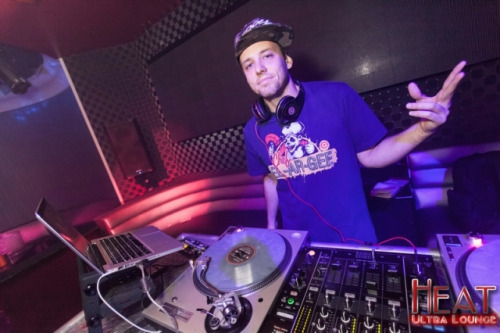
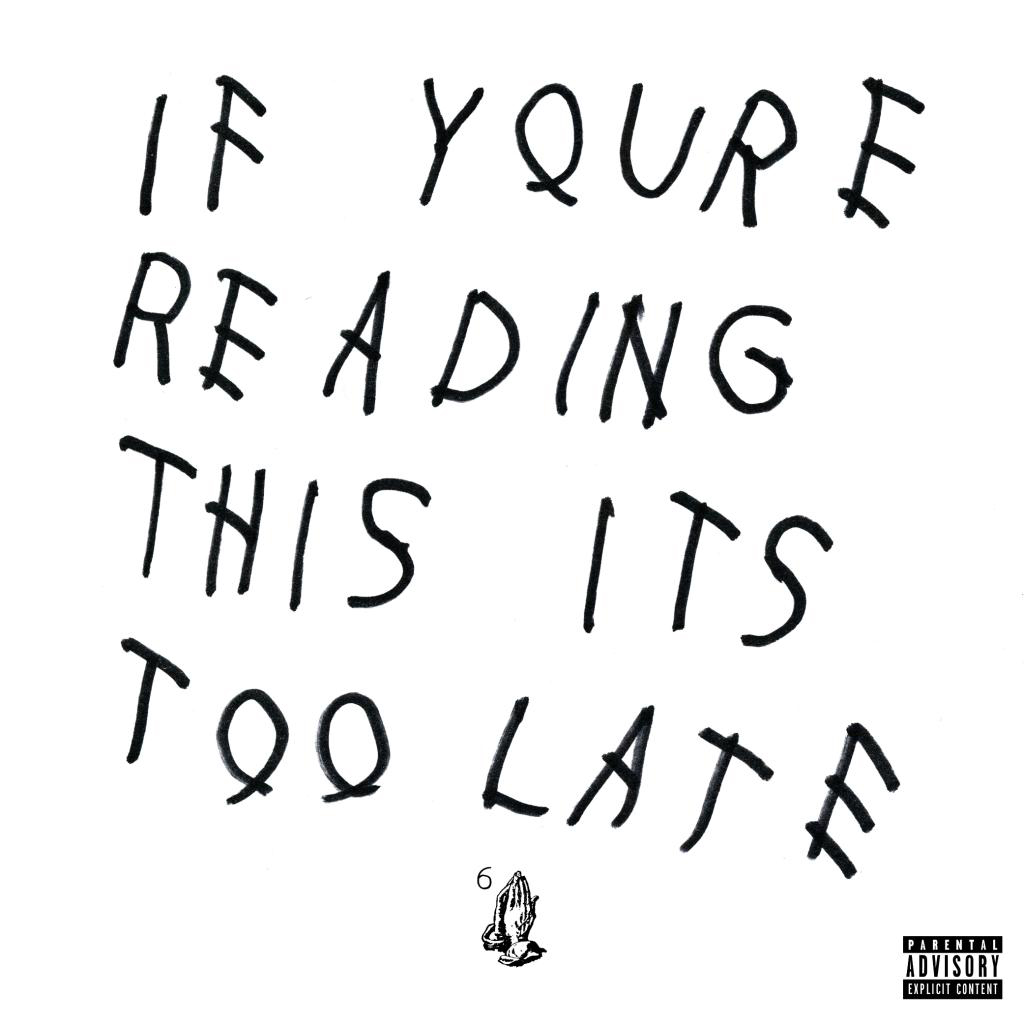
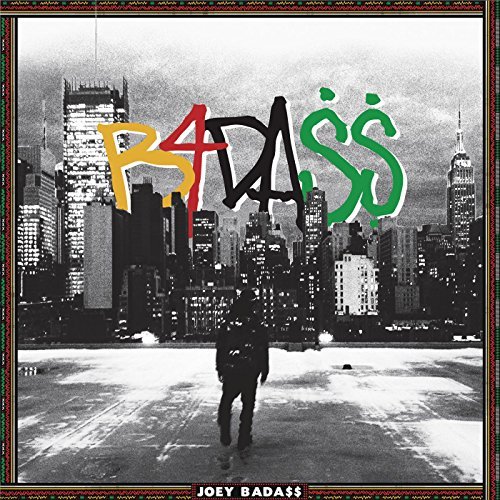
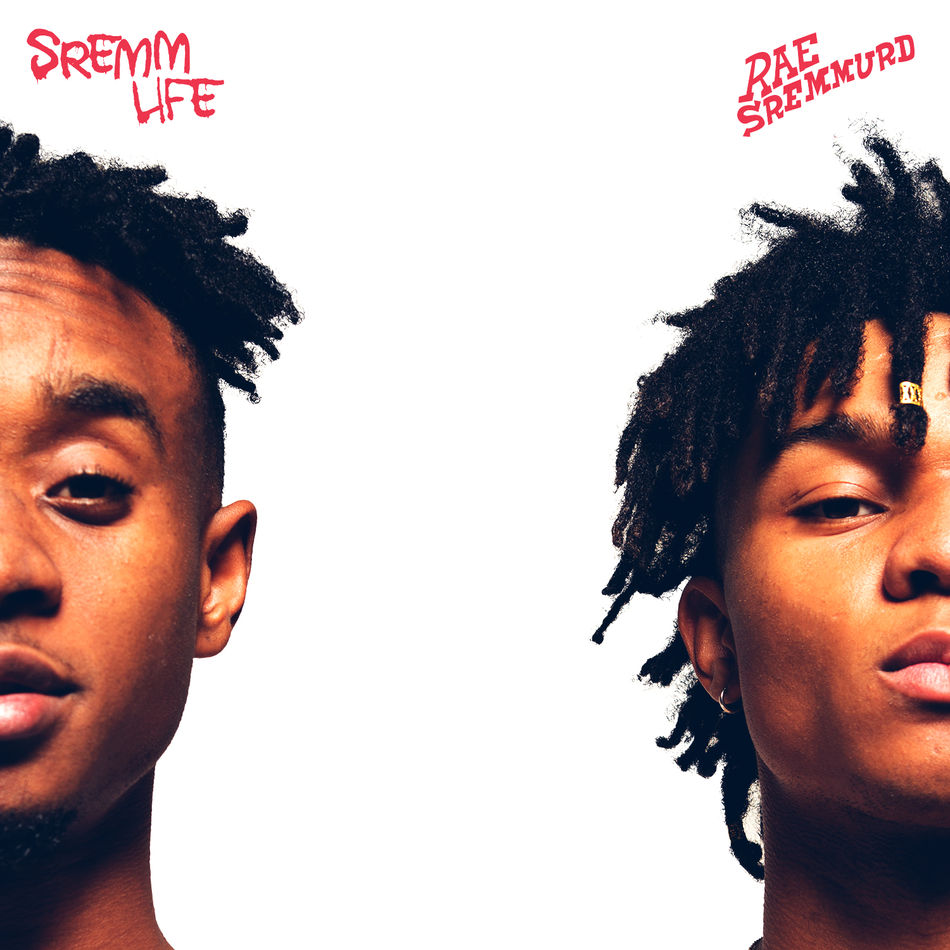
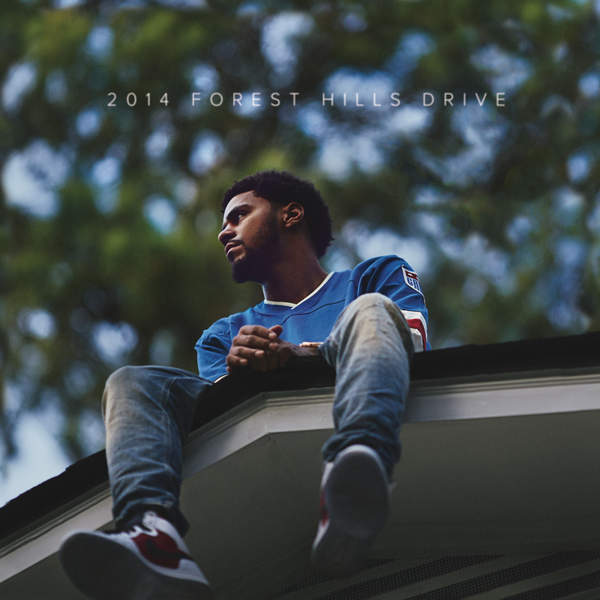





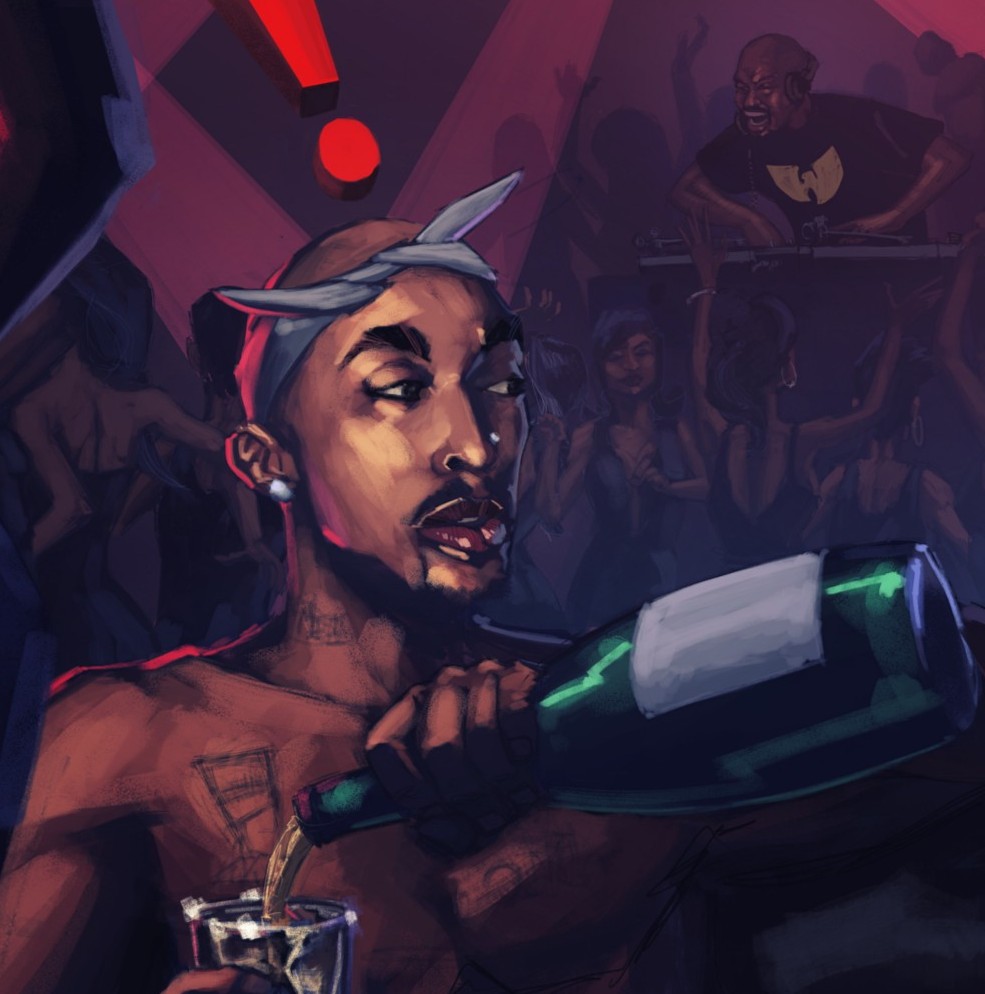
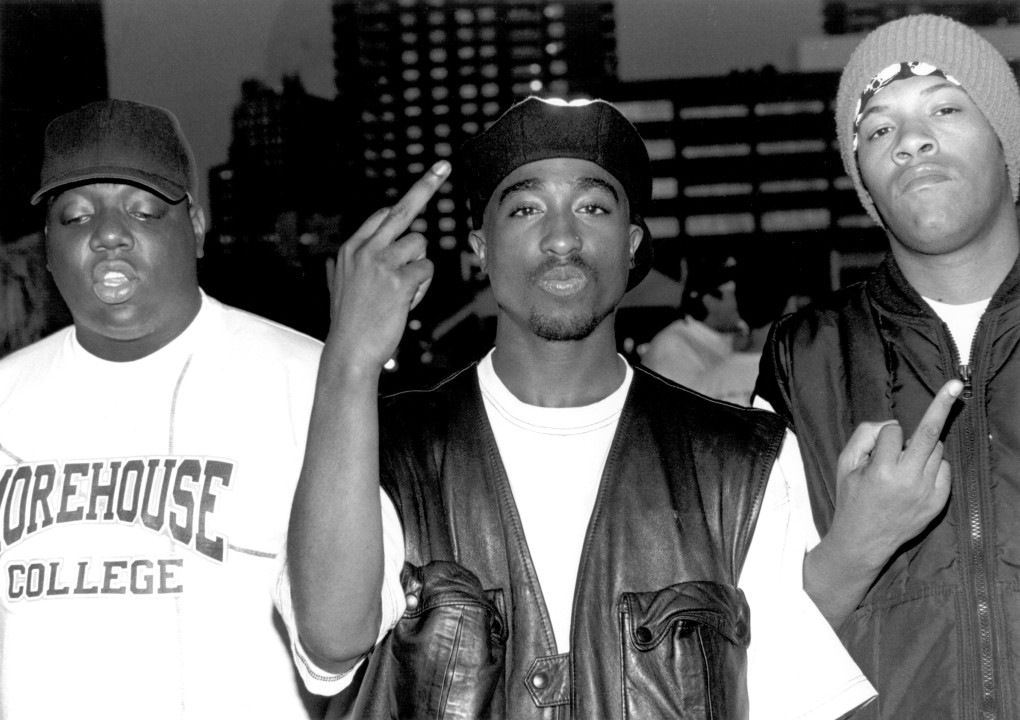
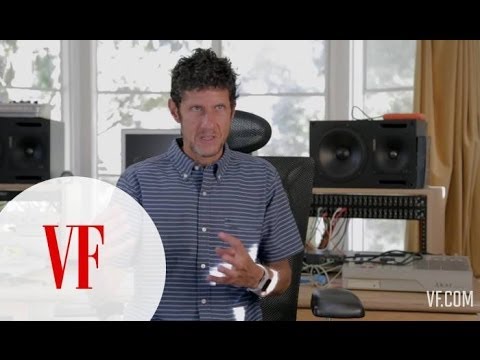

 Mixtape D.L.
Mixtape D.L.
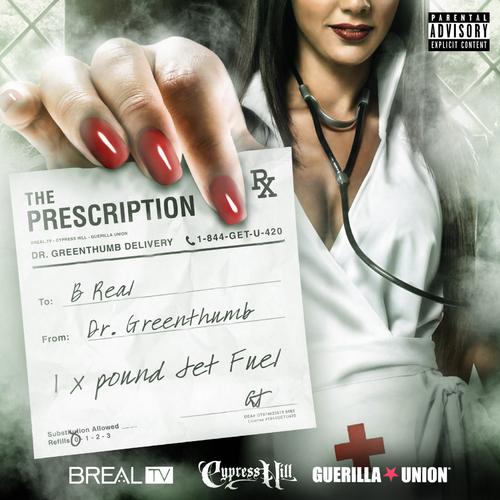
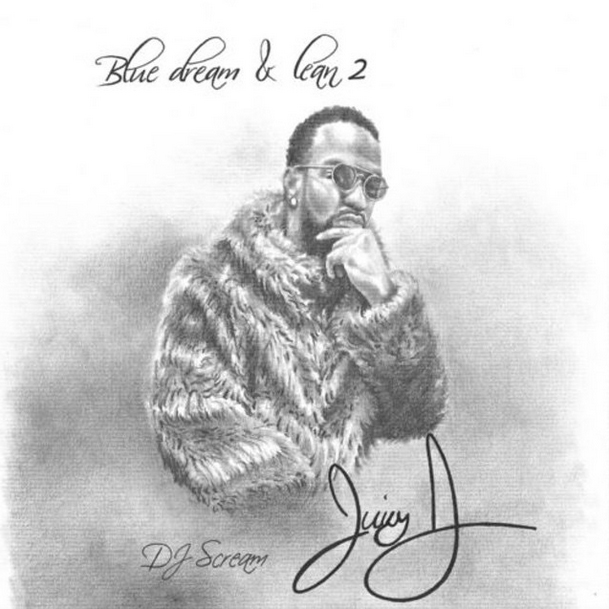
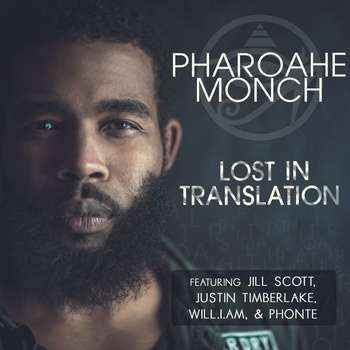

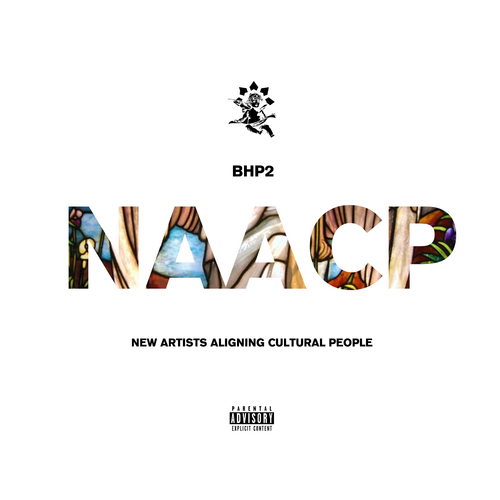
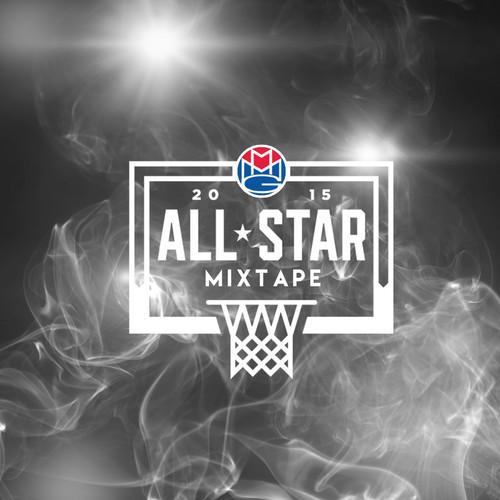
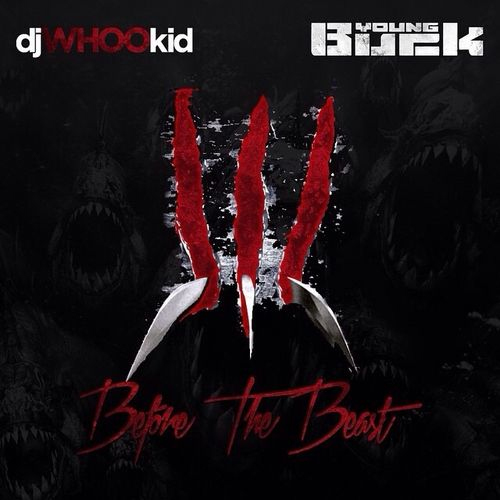
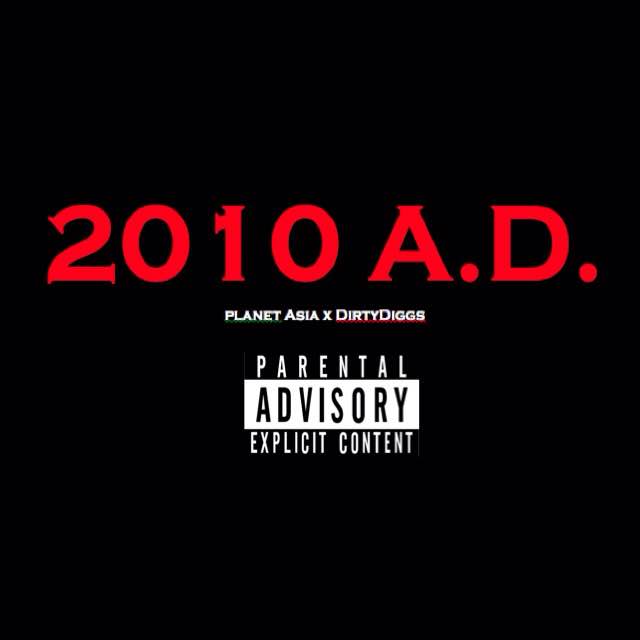
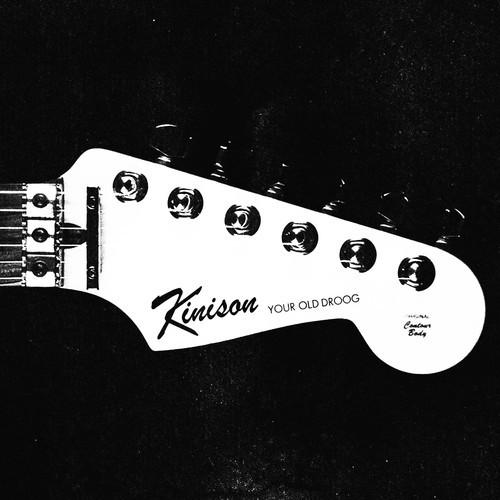
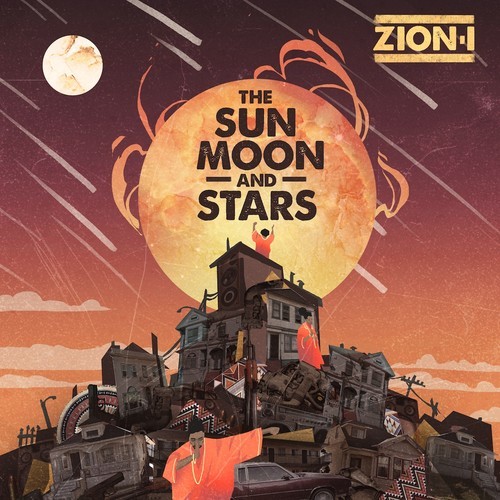

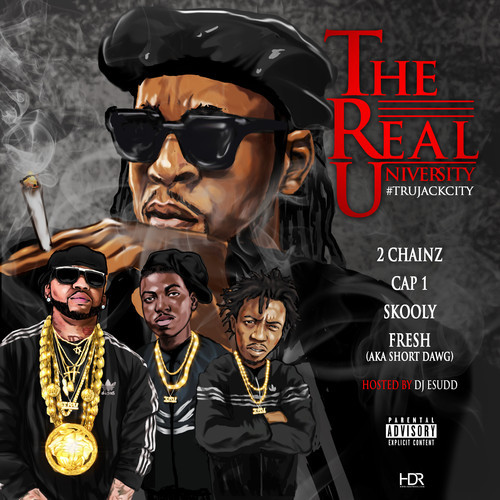
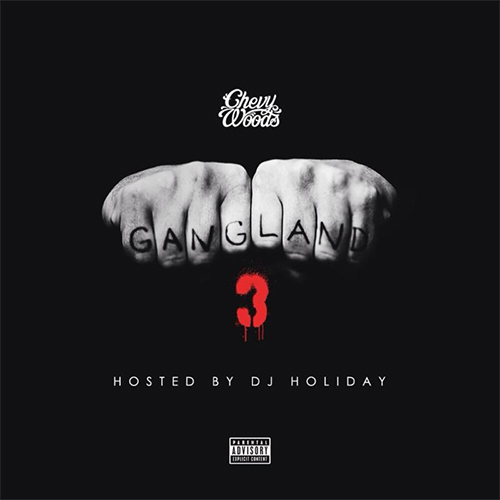
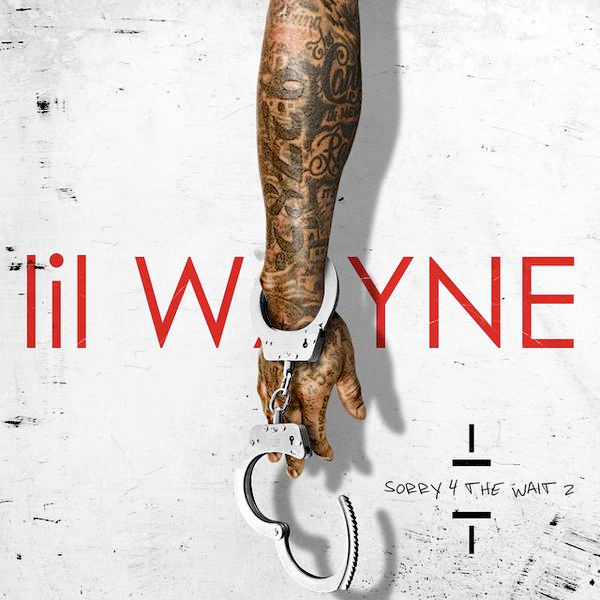
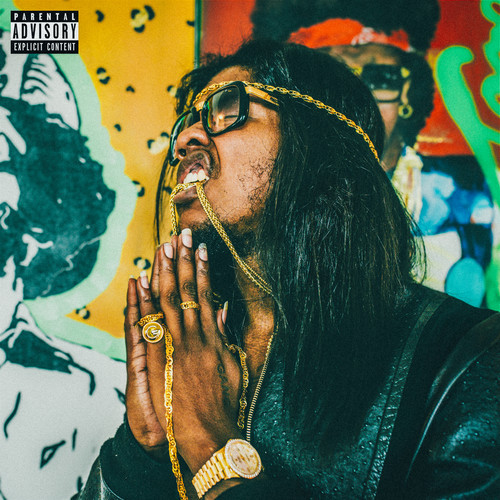





2 August, 2004@12:00 am
0 comments